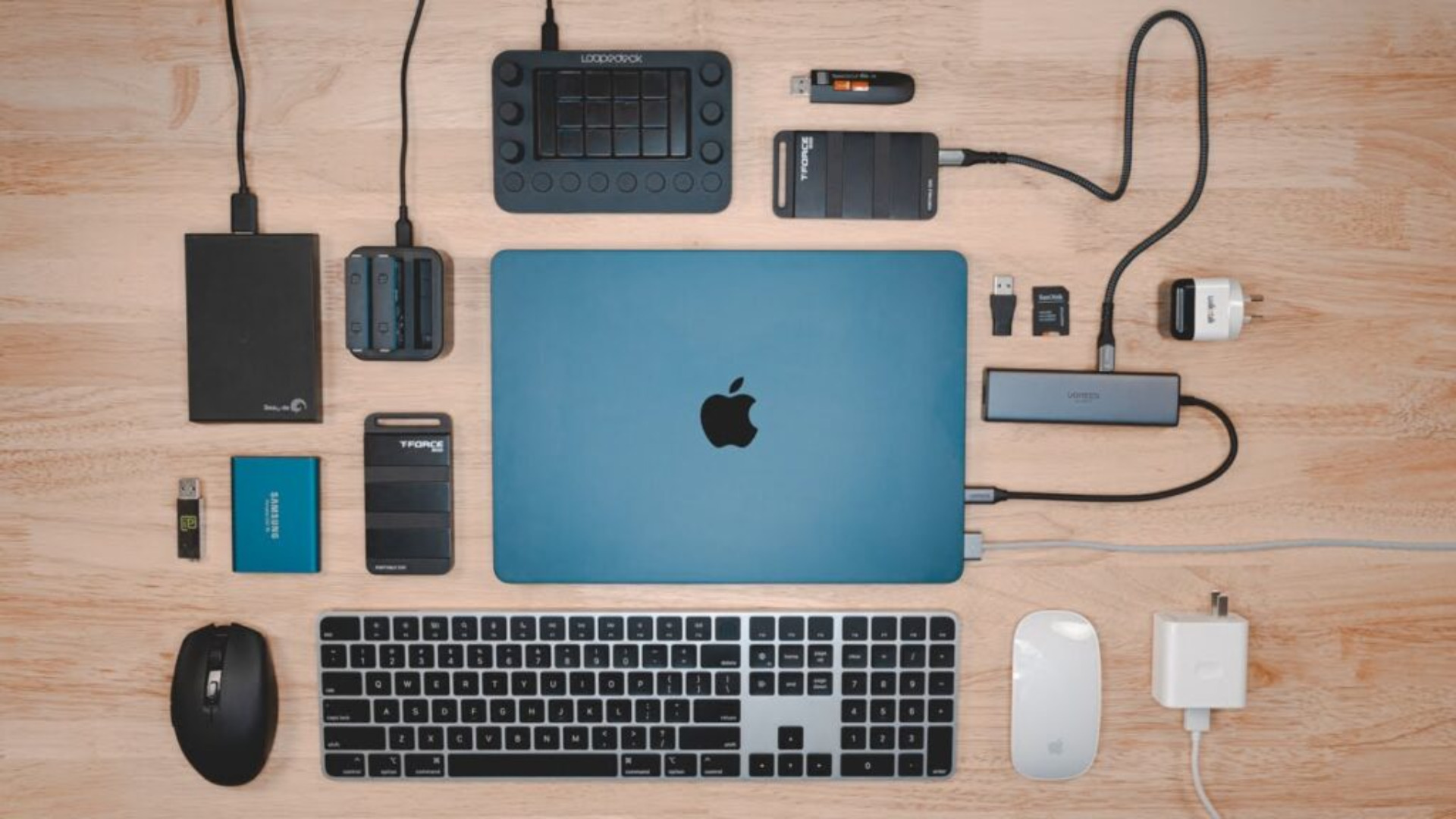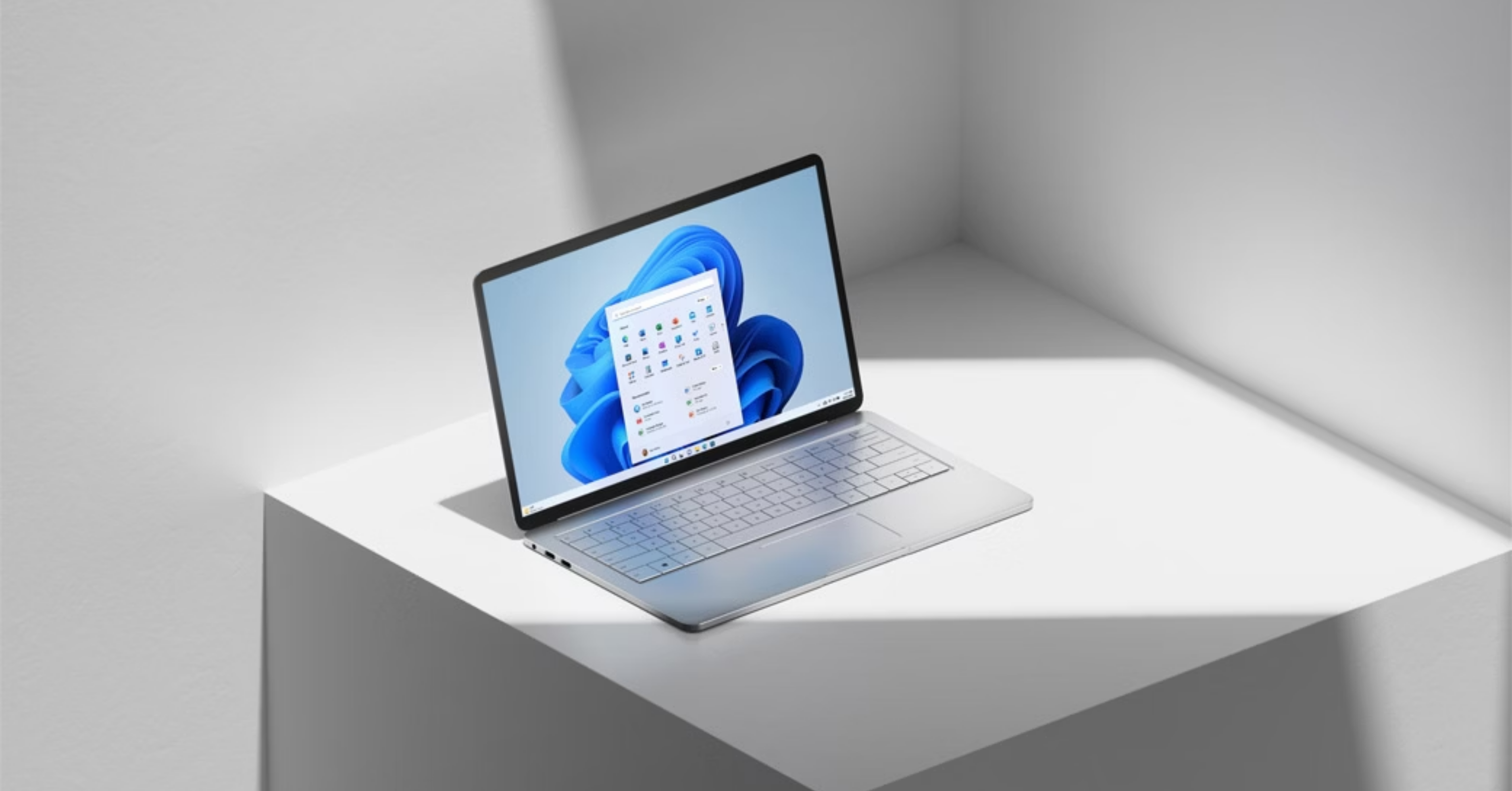Managing remote devices in today’s hybrid work landscape isn’t just an IT decision — it’s a business strategy.
With employees working from multiple locations, using various types of devices, companies are under pressure to balance security, cost, and employee satisfaction. That’s where policies like CYOD, BYOD, and COPE come in.
But which one is right for your team?
In this article, we’ll break down what CYOD really is, how it compares with BYOD and COPE, and how your company can implement the right policy based on your goals, team structure, and security needs.
What is CYOD (choose your own device)?
Choose your own device (CYOD) is a device management policy that lets employees pick their work devices from a list of approved options provided by the company. The company typically purchases and owns the device, manages its setup, and takes care of ongoing support and security — but employees get to use a device they feel comfortable with.
This model is gaining traction with remote and hybrid teams because it blends flexibility with control. Employees have the freedom to select a laptop, smartphone, or tablet that suits their preferences, while IT teams retain oversight through mobile device management (mdm) tools.
How CYOD works
Here’s what usually happens with a CYOD setup:
- The company creates a list of approved devices — these meet internal performance, security, and compatibility standards
- Employees choose their preferred device from this list during onboarding or device refresh cycles
- The company purchases the device and retains ownership
- IT configures the operating system, apps, and access controls
- MDM software is installed to monitor and manage usage
- When the employee leaves, the device is returned, wiped, and either reassigned or retired
This approach helps standardize IT operations while giving team members some choice — which can drive employee satisfaction without compromising on security.
Benefits of CYOD
CYOD is becoming a go-to policy for companies looking to strike a balance between usability and control. Here’s why:
- Better security: Since the company owns and manages the device, it can enforce encryption, password policies, and regular updates
- Simplified support: IT only needs to support a limited set of device types, making it easier to troubleshoot and maintain
- Compliance-friendly: Devices are set up to meet regulatory requirements from the start, making compliance audits less painful
- Fewer surprises: You avoid the risks of unknown hardware or software, which is common in more open models like BYOD
- Employee satisfaction: People appreciate having a say in the tools they use every day
For distributed teams especially, CYOD offers a consistent, secure, and scalable way to support remote work without sacrificing control over company data.
What is BYOD (bring your own device)?
Bring your own device (BYOD) is a policy that allows employees to use their personal devices — like smartphones, tablets, or laptops — for work purposes. This model gained popularity as mobile technology improved and people became more comfortable managing their own digital tools.
Under a BYOD policy, employees use their own hardware to access work email, apps, files, and internal systems. The company may install security tools or mdm software to manage access and protect corporate data, but overall, the device belongs to the employee.
Why companies adopt BYOD
BYOD appeals to fast-moving startups and small businesses because it’s easy to implement and can offer short-term cost savings. You don’t need to purchase and provision new devices — employees bring what they already own.
Other perceived benefits include:
- Lower hardware costs for the company
- Faster onboarding since employees already know how to use their devices
- More flexibility in working styles and device types
- Increased productivity, in some cases, due to familiarity with the tools
But while it sounds great in theory, the BYOD model comes with its own set of challenges.
Risks and trade-offs
When employees bring their own tech, it opens the door to inconsistency, security gaps, and logistical issues:
- Lack of control over the operating system and installed software
- Increased risk of data leaks or unauthorized access to sensitive company information
- Complicated support — IT has to troubleshoot a wide variety of devices and setups
- Privacy concerns from employees who may not want their personal device monitored
- Inconsistent experience across the team, making collaboration and compatibility harder
To make BYOD work, companies must invest in a strong BYOD policy, clear usage guidelines, and reliable mobile device management tools. Even then, the long-term cost of managing security and support may outweigh the initial savings.
So while BYOD can work for early-stage or budget-conscious teams, it often becomes harder to sustain as a company scales or works with more sensitive data.
What is COPE (corporate-owned, personally enabled)?
Corporate-owned, personally enabled (COPE) is a device policy where the company provides and owns the device, but allows employees to use it for both work and personal purposes. Think of it as a more flexible version of traditional corporate provisioning.
In a COPE model, the company supplies a device — often pre-configured with the required software, security settings, and access controls. But unlike strict corporate-owned devices, employees can also install personal apps, browse the web, and use the device outside of work hours.
This approach is popular with larger companies or those in heavily regulated industries where control over corporate data is critical — but there’s still a desire to improve employee satisfaction and work-life integration.
How COPE works
Here’s how a typical COPE program is structured:
- The company buys and owns the device
- IT sets it up with secure configurations, mdm software, and approved apps
- Personal use is allowed, but within boundaries (e.g. no unauthorized app downloads)
- The company maintains full control over the business data and applications
- If needed, corporate data can be remotely wiped without affecting personal data
Some organizations also implement dual-persona technology, which separates work and personal environments on the same device. This helps keep things secure while giving employees freedom.
Pros of COPE
COPE offers a balance of control and flexibility, making it a popular choice for companies that handle sensitive data but still want to attract and retain top talent:
- Strong data security: Since the company manages the device, security policies are enforced across the board
- Simplified support and updates: IT teams work with a standard set of devices and can push updates centrally
- Improved employee experience: Staff get modern devices they can personalize, reducing friction and improving satisfaction
- Clear separation: Company data and personal data can be isolated, reducing the risk of accidental leaks
Potential drawbacks
Despite its advantages, COPE has its own complexities:
- Higher upfront costs — the company pays for all devices
- Blurred boundaries — even with clear policies, managing personal use can get tricky
- Privacy concerns — employees might worry about IT monitoring personal activity
- Ongoing maintenance — keeping software and policies up to date requires active involvement
Ultimately, COPE is a great option for companies that need tight control over devices but want to avoid the rigid experience of traditional corporate-owned systems.
CYOD vs BYOD vs COPE: Key differences and when to use
Each model offers a unique trade-off between control, cost, and employee flexibility. Let’s break down the key differences and explore when each option makes the most sense.

When to choose CYOD
CYOD is a solid choice if your business is scaling or already managing a distributed workforce. It gives employees autonomy without losing control over the hardware and software environment.
Choose CYOD when:
- You need standardization to simplify support and reduce troubleshooting time
- Security is a priority, but you don’t want to be overly rigid
- You want to offer some flexibility without compromising company data
- You’re aiming for a balance between cost, convenience, and control in the long run
Esevel supports CYOD policies by providing a list of approved devices, real-time tracking, and mobile device management (mdm) solutions to ensure your IT operations stay smooth — even across 88+ countries.
When to choose BYOD
BYOD might work well if your company is early-stage or primarily cloud-based, with minimal device requirements. It’s the most cost-effective approach upfront, but it brings complexity.
Consider BYOD if:
- You have a limited IT budget
- You’re comfortable with looser controls over remote devices
- Your team is small and tech-savvy
- You’ve implemented a strong BYOD policy and mdm solution to manage risks
However, as your team grows, you’ll likely face rising support challenges and security concerns. That’s where many businesses start transitioning to CYOD or COPE.
When to choose COPE
COPE is ideal for companies in highly regulated industries or those dealing with sensitive data, such as healthcare, finance, or legal services. It gives IT full control while allowing employees some flexibility.
Choose COPE if:
- You need to strictly secure corporate data across all endpoints
- You’re concerned about regulatory compliance and audits
- You want to prevent data loss in both work and personal contexts
- You’re ready to absorb higher upfront costs in exchange for security and reliability
FAQs
- What does CYOD stand for?
CYOD stands for choose your own device. It’s a policy where companies let employees select their preferred work devices from a list of approved devices, while the company retains ownership and control.
- How is CYOD different from BYOD?
The main difference lies in ownership and control. In BYOD (bring your own device), the employee owns the device and uses it for work. In CYOD, the company buys the device but lets the employee choose from a pre-approved selection. CYOD offers better security and easier mobile device management (MDM).
- What are the benefits of CYOD?
CYOD offers:
- Stronger control over company data
- Simplified IT support through device standardization
- Improved employee satisfaction through device choice
- Better integration with MDM solutions
- Cost efficiency in the long run compared to COPE
- Is CYOD more secure than BYOD?
Yes. Because the company owns the devices in CYOD, it can enforce strict operating system standards, install mdm tools, and ensure all security protocols are followed. This isn’t always possible with BYOD, where personal devices might lack protection.
- Does CYOD help reduce IT costs?
Over time, yes. While the company covers the device cost, it saves money by reducing IT complexity, improving device lifecycle management, and avoiding risks tied to unsecured personal devices. Compared to COPE, CYOD can offer cost savings with nearly the same level of security.
- What types of devices can be used under CYOD?
Typically, companies allow a range of mobile devices like laptops, smartphones, and tablets that meet specific criteria. The exact types of devices included depend on your internal IT standards and vendor partnerships.
Esevel, for example, helps businesses create a tailored list of approved devices based on their budget, use case, and geographic needs.
Choose the right device policy to scale securely
Here’s a quick recap:
- CYOD offers a balanced approach — employees get choice, and IT keeps control
- BYOD minimizes upfront costs, but increases long-term risks and support needs
- COPE ensures maximum control, but can be expensive and rigid for growing teams
For many modern startups and distributed teams, CYOD hits the sweet spot. It delivers the flexibility your employees want while keeping corporate-owned devices secure, compliant, and easy to manage.
At Esevel, we help companies across Asia Pacific implement scalable CYOD policies with:
- End-to-end device procurement in 88+ countries
- Pre-configured devices ready for onboarding
- Real-time mobile device management
- Automated provisioning, de-provisioning, and tracking
- Expert guidance on building your list of approved devices







